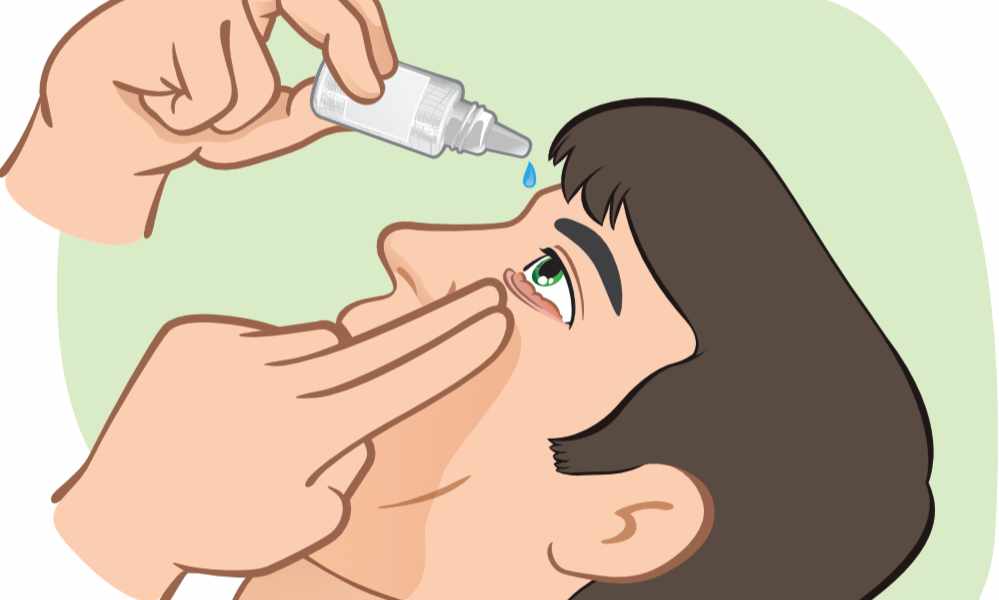Eye Drops: A Comprehensive Guide to Ocular Health
Eye drops are a common solution for various eye-related issues, from dryness to more serious conditions. As our eyes age and face increased strain from digital devices, understanding the role of eye drops in maintaining ocular health becomes increasingly important. This article explores the types, uses, and benefits of eye drops, as well as their relation to vision care and the aging process.

Different types of eye drops work in various ways. Lubricating drops, for instance, supplement the natural tear film to alleviate dryness and discomfort. Medicated drops may contain antibiotics to fight infections or anti-inflammatory agents to reduce swelling and redness. Some eye drops even work to constrict or dilate the pupils for diagnostic or therapeutic purposes.
How can eye drops benefit aging eyes?
As we age, our eyes undergo natural changes that can affect vision and comfort. The production of tears may decrease, leading to dry eye syndrome, which is more common in older adults. Eye drops can play a crucial role in managing these age-related changes and maintaining ocular health.
Lubricating eye drops, also known as artificial tears, can provide relief from dryness and irritation associated with aging eyes. They help to keep the eye surface moist and comfortable, reducing the risk of corneal damage and improving visual clarity. Additionally, some eye drops contain ingredients that support the natural healing processes of the eye, which can be particularly beneficial for older individuals with slower cellular regeneration.
Can eye drops reduce the need for glasses?
While eye drops cannot correct refractive errors like myopia or hyperopia that typically require glasses, they can indirectly impact vision quality. By maintaining a healthy ocular surface and reducing dryness, eye drops can improve visual acuity and comfort, especially for individuals who wear contact lenses or suffer from dry eye syndrome.
For those with presbyopia, a condition that affects near vision as we age, there are innovative eye drops in development that aim to temporarily improve near vision without the need for reading glasses. However, these are still in clinical trials and not widely available. It’s important to note that traditional eye drops are not a substitute for corrective lenses prescribed by an eye care professional.
What types of eye drops are available for different vision issues?
Eye drops come in various formulations, each designed to address specific ocular concerns:
-
Artificial tears: These over-the-counter drops lubricate the eye and relieve dryness.
-
Antihistamine drops: Used to alleviate allergic eye symptoms like itching and redness.
-
Antibiotic drops: Prescribed for bacterial eye infections.
-
Anti-inflammatory drops: Help reduce inflammation in conditions like uveitis.
-
Glaucoma drops: Prescribed to lower intraocular pressure in glaucoma patients.
-
Steroid drops: Used for severe inflammation but require careful monitoring by a doctor.
The choice of eye drops depends on the specific eye condition and should be made in consultation with an eye care professional. Some drops may require a prescription, while others are available over the counter.
How do lifestyle factors affect eye health and the need for drops?
Lifestyle choices can significantly impact eye health and the need for eye drops. Prolonged screen time, common in today’s digital age, can lead to digital eye strain and increased dryness, necessitating the use of lubricating drops. Environmental factors like air conditioning, heating, and pollution can also contribute to eye dryness and irritation.
A balanced diet rich in vitamins A, C, E, and omega-3 fatty acids can support eye health and potentially reduce the need for eye drops. Regular exercise improves blood circulation, which benefits eye health. Adequate sleep allows eyes to rest and replenish natural tears. By adopting a healthy lifestyle and taking breaks from digital devices, individuals may reduce their reliance on eye drops while promoting overall ocular well-being.
Are there any risks or side effects associated with eye drops?
While eye drops are generally safe when used as directed, there are potential risks and side effects to consider. Overuse of certain types of drops, particularly those containing preservatives, can lead to irritation or even damage to the ocular surface. Some medicated drops may cause temporary stinging, burning, or blurred vision upon application.
Long-term use of steroid eye drops without proper medical supervision can lead to serious complications such as increased intraocular pressure or cataracts. It’s crucial to follow the prescribed dosage and duration of treatment for any eye drops, especially those obtained by prescription. If experiencing persistent side effects or worsening symptoms, it’s important to consult an eye care professional promptly.
In conclusion, eye drops are versatile tools for maintaining ocular health, especially as we age. They offer solutions for various eye-related issues, from simple dryness to more complex conditions. While they can significantly improve comfort and in some cases vision quality, they are not a substitute for regular eye exams and proper eye care. As with any health product, it’s essential to use eye drops responsibly and under the guidance of a healthcare professional when necessary.
This article is for informational purposes only and should not be considered medical advice. Please consult a qualified healthcare professional for personalized guidance and treatment.






